Water hammer in the water supply and heating system: reasons + preventive measures
One of the main problems in the operation of autonomous heating systems and water supply is the pressure drop. Water hammer in the water supply and water heating system, resulting from this sharp drop, can cause serious damage. It needs to be warned, agree?
We will tell you how to prevent the phenomenon and neutralize its negative consequences, ensuring the uninterrupted operation of the circuits. Here you will learn what methods are used to eliminate water hammer in systems that transport water to water taps and heating appliances.
In the article presented for familiarization, the nature of water hammer is described in detail. Preventive measures that exclude the occurrence of a dangerous situation are listed. For a clear perception of a difficult topic attached diagrams, photo illustrations and videos.
The content of the article:
What is a water hammer?
A water hammer is a short-term, but significant, pressure surge in a fluid-filled system. This phenomenon occurs when a fluid stream collides with an obstacle in its path. Typical examples of the occurrence of such barriers include a sharp overlap of shutoff valves, a sudden stop of the pump, an air plug, etc.
Faced with an obstacle, the flow of water by inertia continues the flow at the speed with which it moved until the obstacle appeared. The first layers in contact with the obstacle are compacted at the same speed due to the arrival of the following layers.
Due to the constant injection of new layers of the flow, the pressure increases rapidly, and the liquid “searches” for a way to dump its part in order to discharge it.
A similar situation almost always occurs when the flow breaks. ball valve or gate valve. At first glance, the phenomenon may seem harmless. And so many owners do not give him much attention.
But in fact, if you find the prerequisites for a brewing defect in pipes and fittings, it is worth eliminating it as soon as possible. Indeed, due to water hammer in the heating system, splits and cracks appear, as well as equipment damage.
This serious problem can be preceded by clicks and knocks, as well as extraneous noise in the water supply pipes, accompanied by a characteristic “growl”.
Clicking occurs predominantly in those places where larger pipes are connected to smaller sections. Water flowing along their inner walls encounters an obstacle, albeit inferior, but still.
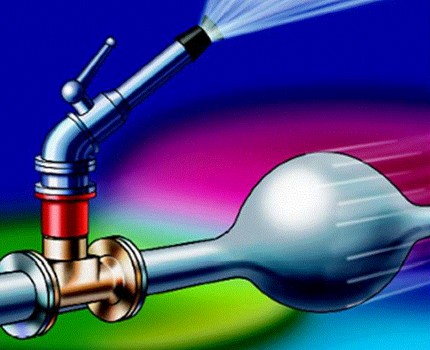
In the event of an emergency, the effects of water hammer can affect:
- equipment (tightness of pipelines is broken and heating devices are destroyed);
- property (water flowing out of a damaged network will flood housing and lead to furniture damage);
- household (if the violation occurred in the heating system, there is a danger of serious thermal burns).
According to statistics, the “lion's share” of pipeline accidents, amounting to about 60%, occurs due to water hammer. More often, the negative consequences of this effect can be observed in worn pipes that are corroded.
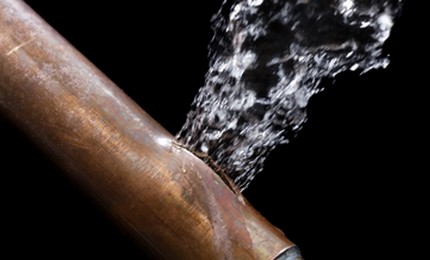
Most of the troubles he delivers to long pipelines, for example, when arranging "Warm floor", along the contours of which a liquid is heated up to a certain temperature.
The degree of damage largely depends on the place of occurrence of the barrier: if it is at the beginning of an extended pipeline, the magnitude of the increased pressure will be insignificant, but if at the end it will be much higher.
Most often, the effect is manifested when pipes of different diameters were involved in the installation of the heating system.If the "mixed" pipes using adapters are not brought to a common "denominator", an increase in pressure in the heating system is inevitable. In this situation, to protect the system, the circuit is equipped with a special valve - the thermostat.
Causes of water hammer
The physical nature of this phenomenon lies in a complete loss or a significant decrease in the throughput of water pipes, as a result of which the pressure of the liquid in the system increases.
In houses where engineering communications were illiterate designed and equipped, one can often hear characteristic tapping and clicks in the pipeline.
They are an external manifestation of water hammer and arise when the circulation of a liquid suddenly stopped in a closed system, and then its movement suddenly resumed.
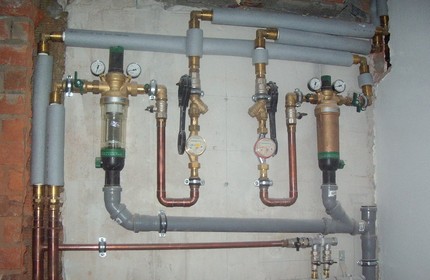
If an obstacle arises in the path of a water moving at a certain speed, its speed will slow down and the volume will continue to increase. Not finding a way out, it forms a backward wave, which, colliding with the main body of water, increases system pressure. Sometimes it can reach a threshold of 20 Atm.
Due to the tightness of the line, the accumulated volume has nowhere to go, but powerful energy still seeks to find a way out into the external environment. The impact force resulting from such a collision creates the danger of a pipe rupture, which does not have an adequate margin of safety.
For this reason, for the arrangement of the system, it is necessary to use seamless water-gas pipes adapted to water networks that comply with GOST 3262-75, or pressure-tight metal-plastic analogs produced in accordance with GOST 18599.
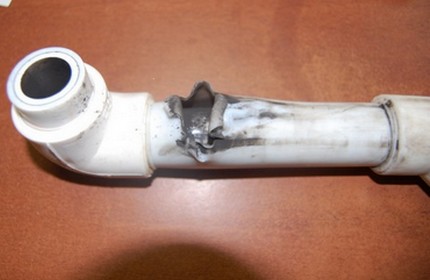
The main factors provoking the occurrence of water hammer in pipes are:
- malfunctions or failure of the circulation pump;
- the presence of air in the closed loop of the system;
- power outages;
- at sudden shutoff of shutoff valves.
A short-term increase in pressure in a closed circuit due to injection of fluid above the norm can occur if, when the pump is turned on, the impeller starts its movement at high revolutions.
Recently at the arrangement autonomous heating system instead of old valves and gate valves, ball valves are increasingly used, the device of which does not provide for a smooth run.
Their ability to have a quick-acting effect has a flip side, being one of the most common causes of water hammer.
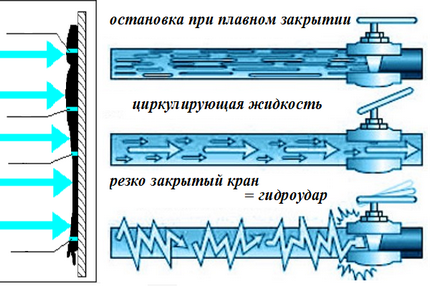
In terms of safety, screw taps are preferable, since due to the phased unwinding of the axle boxes, they provide smooth opening / closing of shutoff valves.
A similar situation occurs when air is not released from the circuit before starting the system. At the time of opening the tap, water collides with an air plug, which in a closed system acts as a kind of pneumatic shock absorber.
How to avoid a problem?
Competent protection of the water supply piping system will help reduce the intensity and neutralize the effect of excess pressure.
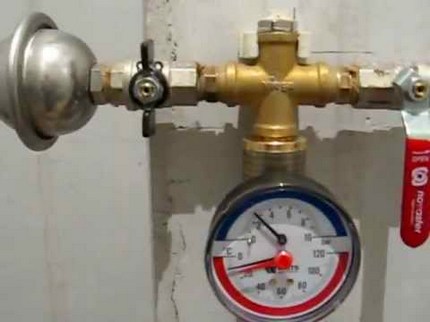
To prevent the creation of excess pressure of a single and permanent nature both on a separate section of the circuit and on the whole system as a whole, a number of basic measures are used.
Option 1. Soft overlap system
This is one of the basic requirements for starting and shutting down piping systems, which is clearly spelled out in regulatory documents.
The fact is that the energy of hydraulic shock due to the elasticity of the pipe walls does not act simultaneously with all its strength. Due to compensation of elastic deformations, it is divided into several time intervals.
And therefore, with the same total force of impact, the impact power at a certain moment will significantly decrease. By means of a soft start, the pressure build-up process can be extended in time, minimizing significant damage to the system.
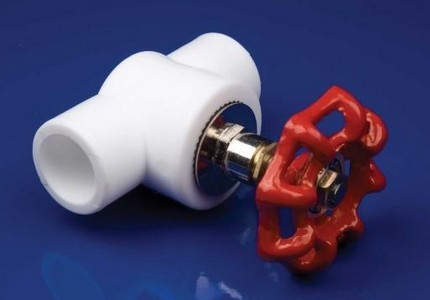
Cranes, the design of which provides a large gap until the water is shut off, are installed at the equipment installation stage.
Option # 2. The use of automatic devices
Automation should be set to smoothly correct the static pressure in the system. To achieve the desired effect helps install pumps with automatic change in the number of revolutions or units with electronic control, which are equipped with built-in frequency converters.
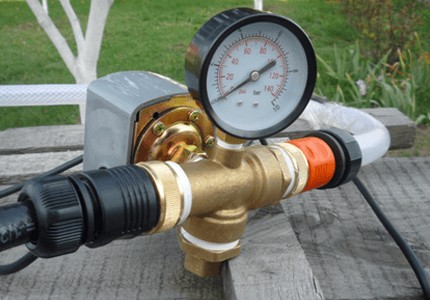
Pumps equipped with automatic speed control of the electric motor are able to smoothly increase / decrease the pressure in the system. At the same time, the software simultaneously performs two tasks: it monitors the change in pressure in the water supply system and automatically adjusts the pressure.
Ways to comprehensively upgrade the system
A comprehensive modernization of the system involves the installation of equipment aimed at neutralizing the effects of excessive pressure.
Method # 1. The use of expansion joints and shock absorbers
Dampers and accumulators simultaneously perform three functions: collect the liquid, while eliminating its excess volume from the system, and also help prevent an undesirable phenomenon.
The compensating device, the role of which is the accumulator, is installed in the direction of movement of water at those intervals of the heating circuit where there is a high probability of pressure fluctuations in the system.
The hydraulic accumulator or quencher is a steel flask with a volume of up to 30 liters, including two sections separated by a rubber or rubber membrane.
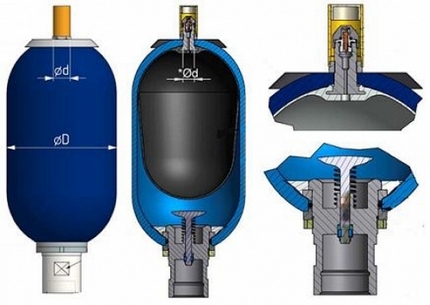
With increasing pressure, hydraulic shocks “kick off” into the tank.Due to the bending of the rubber membrane towards the air chamber at the time of raising the water column, the effect of artificially increasing the volume of the circuit is achieved.
As shock absorbing devices use pipes made of heat-resistant reinforced rubber or elastic plastic.
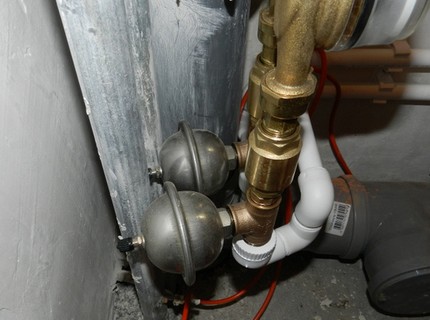
To achieve the desired effect, it is enough to use a product with a length of 20-30 cm. If the pipeline has a large length, the shock absorber section is increased by another 10 cm.
Method # 2. Installing a diaphragm type safety valve
The diaphragm type safety valve is placed on the pipe outlet next to the pump in order to discharge a predetermined amount of water with excess pressure.
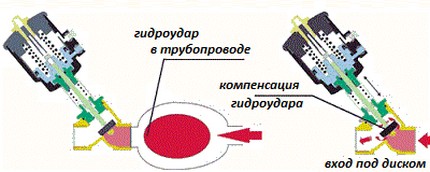
Depending on the manufacturer and type of model, the safety valve is driven by the electrical command of the controller, or by using a pilot quick action device.
The device is triggered when the pressure exceeds a safe level, protecting pumping station when the equipment stops suddenly. At the time of a dangerous surge in pressure, it opens completely, and when it drops to a normal level, the regulator slowly closes.
Method # 3. Equipping the thermostatic valve with a shunt
The shunt is a narrow tube with a clearance of 0.2-0.4 mm, which is installed in the direction of circulation of the coolant. The main task of the element is that when overloads appear gradually depressurize.
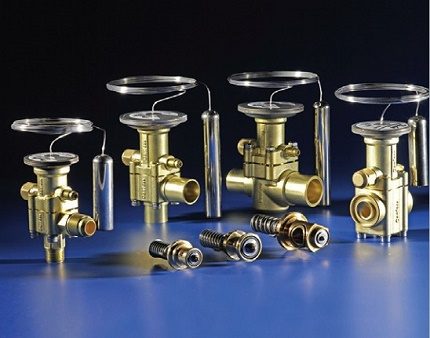
The bypass method is used when arrangement of autonomous systemsthe pipeline of which is made only of new pipes. This is due to the fact that the presence of rust and sediment in old pipes can reduce the efficiency of shunting to "no." For this reason, when using a shunt at the inlet to the heating circuit, it is recommended to install efficient water filters.
Method # 4. Using a thermostat with super protection
This is a kind of fuse that monitors the pressure in the system and does not allow it to work after the indicator reaches a critical point. The device is equipped with a spring mechanism located between the thermal head and the valve. The spring mechanism operates at overpressure, preventing the valve from completely closing.
Such thermostats are installed strictly in the direction indicated on the housing.
Maintenance work
In addition to strictly observing the rules for operating pipelines, timely preventive measures help prevent an accident. After all, all processes in the water supply system or heating circuit are interconnected. And water hammer is only the final destructive “drop” that can lead to negative consequences against the background of unsatisfactory technical condition of the water supply.
Pipeline vibrations and pressure changes contribute to the formation of microcracks in the metal structure. Defects that form over time during the onset of water hammer instantly appear in areas of increased internal stress: mechanical joints, bends and welds.
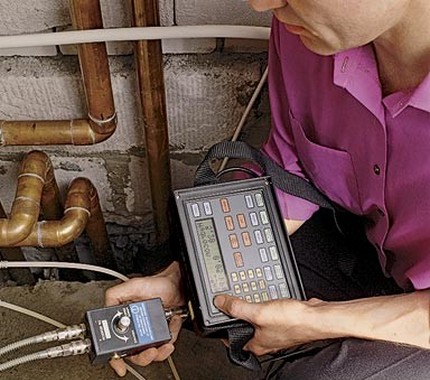
The main complex of work performed during prevention:
- security group health check: safety valve, air vent and pressure gauge;
- periodic pressure check behind the expansion tank membrane, and upon detection of unsatisfactory results and its correction;
- system leak testing and checking the degree of wear of the pipes;
- valve position trackingth locking and regulating valves for leakage;
- regular check of filter status, delaying scale, sand and rust particles, if necessary - cleaning and washing elements;
Prevention aimed at maintaining the working condition of the plumbing and heating system, includes simple types of work. But ignore them is not worth it. After all, this can lead to significant waste of money and time for conducting full-fledged repair work.
The listed protection measures are most effective if applied comprehensively. But thanks to an integrated approach to solving the problem, you can neutralize the negative consequences and thereby extend the life of the system.
Conclusions and useful video on the topic
Video # 1. Water hammer, how it happens:
Video # 2. Quencher Efficiency Test:
Water hammer in a water supply system is a common occurrence that can cause serious harm. And your task is to fix the problem as soon as possible. Indeed, when the situation repeats, the elements of the system will soon fail. And repair after that will cost much more.
Ask questions and write, please, comments in the block below. We are waiting for your stories about how you recorded a water hammer in the system or noticed its consequences. Your opinion about the information provided is interesting.

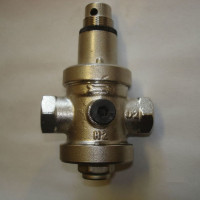 Water pressure reducer in the water supply system: purpose, device, regulation rules
Water pressure reducer in the water supply system: purpose, device, regulation rules 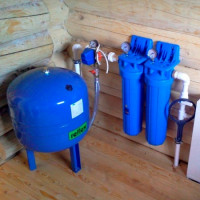 Expansion tank for water supply: selection, design, installation and connection
Expansion tank for water supply: selection, design, installation and connection 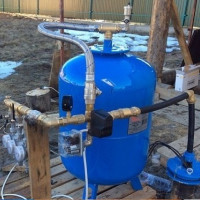 Hydraulic accumulators for water supply: operating principle, types, how to choose the right one
Hydraulic accumulators for water supply: operating principle, types, how to choose the right one 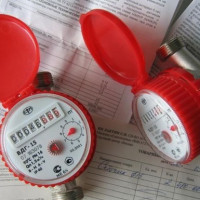 Water supply and sanitation rules: balance calculation + norms of water supply and consumption
Water supply and sanitation rules: balance calculation + norms of water supply and consumption 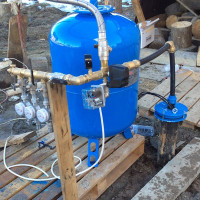 Do-it-yourself hydraulic accumulator: device, principle of operation, installation features
Do-it-yourself hydraulic accumulator: device, principle of operation, installation features 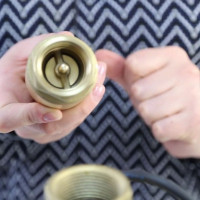 Check valve for a pumping station: what is needed and how is it installed
Check valve for a pumping station: what is needed and how is it installed 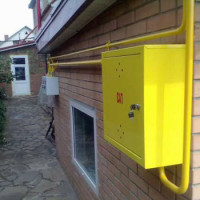 How much does it cost to connect gas to a private house: the price of organizing gas supply
How much does it cost to connect gas to a private house: the price of organizing gas supply  The best washing machines with dryer: model rating and customer tips
The best washing machines with dryer: model rating and customer tips  What is the color temperature of light and the nuances of choosing the temperature of the lamps to suit your needs
What is the color temperature of light and the nuances of choosing the temperature of the lamps to suit your needs 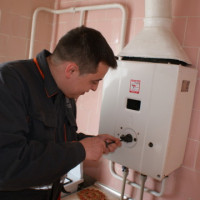 Replacement of a geyser in an apartment: replacement paperwork + basic norms and requirements
Replacement of a geyser in an apartment: replacement paperwork + basic norms and requirements
Almost everyone faced a similar phenomenon. By the way, even in an apartment, when replacing the valve gaskets and closing the main valve, a water hammer can be made. It is clear that its strength will not be very significant, but over time it will disable the water supply system. That is why it is recommended in apartments and houses, after repair work, to open the taps before opening the central valve, so that the pressure surge is mitigated.
I have never encountered a water hammer in a water supply system. Maybe because I live in an apartment - once only the pipes “buzzed” and they were shaking right away, but there was no water hammer. Somewhere in the water supply there is where the water will go. But in the car engine cooling system, the effect of water hammer had to be observed a couple of times - the effect, of course, is amazing. How even a small amount of water has a huge supply of energy.
Living in an apartment does not guarantee that you will not come across a water hammer. In our apartment building near a neighbor, a heated towel rail broke through the fault of the plumbing company UK.
The washing machine opens and closes the water with electromagnetic valves. After buying a new car, I began to notice shocks heard on all pipes at the moment the valve was activated. Throughout the house you can hear, and where the filtering installation for drinking water is standing, the flexible plastic tubes with which it is connected jump and shake at that moment.
Actually what came - I’m looking for some kind of damper, the shock absorber is simple, put in front of the washer.